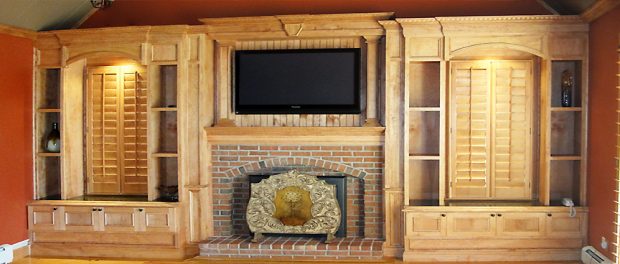Some Thoughts On Finish Carpentry

Finish carpentry involves being able to look at something, and decide what it needs based on a visual inspection alone. It’s so crucial that every part of the construction aspect work together, but finish carpentry is what ties everything together. Of course, a finish carpenters job is made that much easier by the work of the original builder. How they assemble joints, work with the wood and frame the pieces you’re working with will directly affect how difficult your job will be.
Being good at finish carpentry is more than just being able to nail baseboards to a wall without a gap. It involves finishing up everything the owner will see when he or she receives the piece, or moves into the home. The more accurate you are with your measurements and cuts, the better the finished product. This is a path that carpenters will get to eventually, not a place where you start.
Finish carpentry is very time consuming if the piece is complex. That is, if it’s done well. There can be rush jobs that come out ok, and some excel in doing so, but mainly the art is exactly that: an art that you dedicate your time to doing better.
A toolset is only a portion of the job that is finish carpentry. So much of a good finish carpenter is experience, good eyes and a flair for design. Patience plays a key role, but that comes with time. As you learn to visualize a project from beginning to end, the art of finish carpentry will become second nature to you.
Since his retirement from the Church, Archbishop James Provence has become an avid reader of history, and a volunteer docent for the California Railway Museum. James Provence resides in Vacaville, where he practices the art of furniture making.
